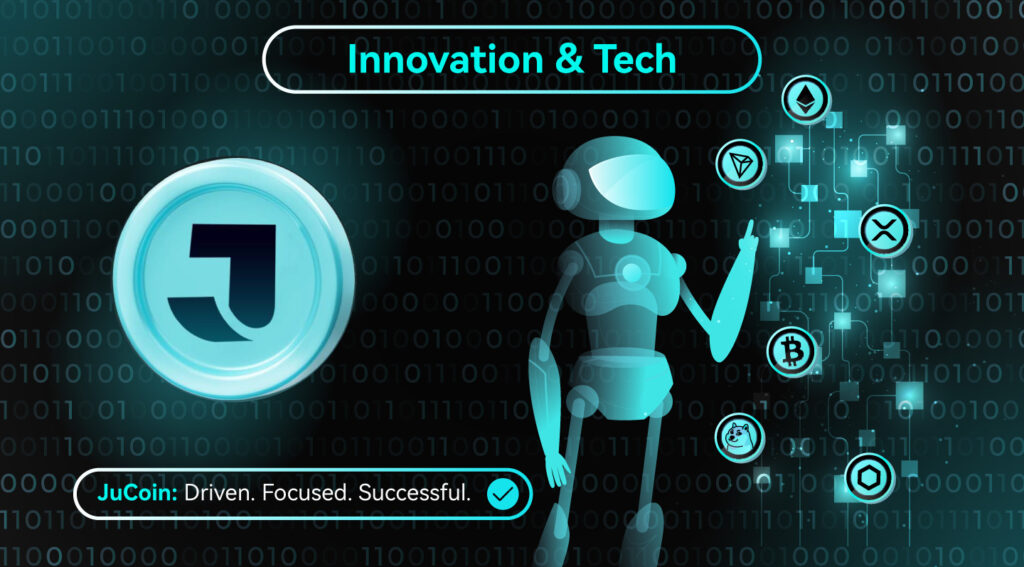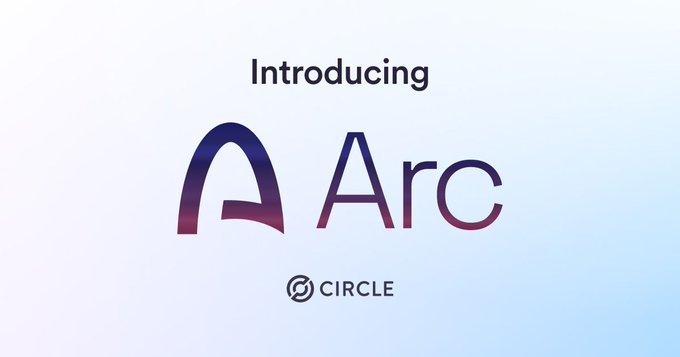
Arc is positioned as an open Layer-1 for stablecoin payments, foreign exchange, and capital-markets-style applications. It is EVM compatible, uses USDC as gas, and will open a public testnet this fall, aiming to bring fiat-like settlement experiences on-chain. This Innovation and Tech article analyzes how it serves enterprise payments and capital markets from multiple angles.
Summary: Arc uses USDC as gas and adds stable FX settlement, sub-second finality, and opt-in privacy to serve enterprise payments and capital markets.
Which payment and settlement pain points does Arc solve?
Traditional cross-border payment rails are long, fee transparency is poor, and funding arrival and reconciliation are complex. Arc focuses on three pillars:
-
First, stablecoin-native “instant delivery upon payment,” where on-chain programmability and atomic settlement reduce intermediaries;
-
Second, a built-in “stable FX settlement engine,” matching and clearing stablecoin pairs on-chain to shorten T+N cycles;
-
Third, institution-grade compliance modules and opt-in privacy to lower reporting and audit costs.
Arc packages these capabilities as base infrastructure, directly connecting to enterprise payment, pooling, and clearing flows. Starting as an “open L1 + EVM compatibility,” it lets Ethereum tooling and contracts migrate quickly to cut integration costs and speed up go-live.
Technology and architecture of Arc
Arc provides EVM compatibility, USDC as the native gas, sub-second finality, and opt-in privacy—positioning itself as “home field for stablecoin finance.” Apps can keep using Solidity, common frameworks, and monitoring stacks while tapping the same environment’s stable FX engine to handle multi-stablecoin conversion and settlement queues, maintaining deterministic throughput at peak load.
Architecturally, transactions finalize in sub-seconds, reducing failed payments and replay-related operational losses. Opt-in privacy protects quotes, order details, and client data while preserving an audit trail for regulatory spot checks. A unified FX engine offers prioritization and netting strategies across stablecoin pairs to help finance teams reconcile within minutes.
How does sub-second finality land in practice?
According to CoinDesk reporting, in enterprise payments, finality time directly drives chargeback rates, in-transit funds, and working-cash lock-up. Pushing finality to sub-second enables automated callbacks and split settlement for “collect-then-disburse” models, reducing manual checks and error costs and making on-chain payments feel closer to card-network UX.
How does opt-in privacy align with compliance?
Arc emphasizes “opt-in privacy controls.” A common approach is selective disclosure of transaction details: counterparties and auditors can decrypt, while the public only sees necessary state commitments. For licensed banks and brokers, this balances compliance and trade secrets, enabling more workflows to move on-chain while preserving AML, traceability, and reporting requirements.
Why use USDC as gas?
Using USDC as gas unifies the “fee currency” and the “business accounting currency.” Enterprises no longer need to maintain volatile native-token inventories or hedge gas during high-vol periods, reducing treasury and tax complexity. For merchants, net settlement of “payment revenue − network costs” in the same currency avoids cross-currency FX and reclassification steps.
How compatible is Arc with the EVM ecosystem?
With EVM compatibility, developers can reuse standard tools, oracles, and audit processes, shortening the PoC-to-production path. Combined with USDC-as-gas, SaaS billing, invoice financing, and on-chain custody contracts can price costs and revenues directly in stablecoins, improving model explainability and financial transparency.

What is Arc’s rollout cadence and where are the ecosystem opportunities?
The Block reports Arc will open a public testnet this fall. For institutions and builders, this window suits three validations:
-
Payment rails—aggregated acquiring, refunds, and reconciliation writebacks;
-
FX and pooling—stablecoin pair quoting/matching, netted clearing, and balance forecasting;
-
Capital-markets-style apps—transferable notes, off-venue settlement, and custody rollbacks.
What are typical real-world scenarios?
-
Cross-border e-commerce/platform settlement: collect in USDC, use the stable FX engine for netted FX and disbursement.
-
Multinational corporate treasury centers: pool multi-region sales inflows and split by revenue weights and tax rules.
-
Institution-grade custody and DvP: match orders and settle DvP under opt-in privacy to shrink the settlement window.
Early testnet validation can seed compliance models and operational baselines for mainnet.
FAQ
What is Arc?
An open Layer-1 blockchain from Circle for stablecoin payments, FX, and capital-markets-style apps, EVM compatible, using USDC as gas.
When will Arc be usable?
Officially, a public testnet is slated for this fall—ideal for validating payment rails, FX, and clearing.
Why make USDC the gas?
A single currency lowers reconciliation and FX friction; enterprises avoid managing volatile native tokens, and fees and revenues settle in the same unit.
What does the “stable FX settlement engine” do?
It provides on-chain matching/netted clearing of stablecoin pairs to enable minute-level reconciliation and pool management for cross-border and B2B flows.
Does opt-in privacy hinder compliance?
It’s designed to protect commercial info while preserving audit trails—supporting regulatory spot checks and AML via selective disclosure.
How does Arc relate to existing EVM chains?
It’s EVM-tooling and contract compatible, making migration low-friction and letting teams reuse existing dev and audit flows.
Which institutions is it for?
Cross-border platforms, payment companies, brokers/custodians, and corporate treasury centers that need deterministic settlement and auditable privacy.
Key takeaways
Arc uses USDC as gas to cut reconciliation/FX friction—fit for enterprise payments and clearing.
A built-in stable FX engine and sub-second finality shorten the path from payment to funds availability.
Opt-in privacy balances trade secrecy with audit/compliance—suited to DvP and other capital-markets-style cases.
A public testnet is planned for fall; teams should PoC payment rails and FX strategies in advance.




